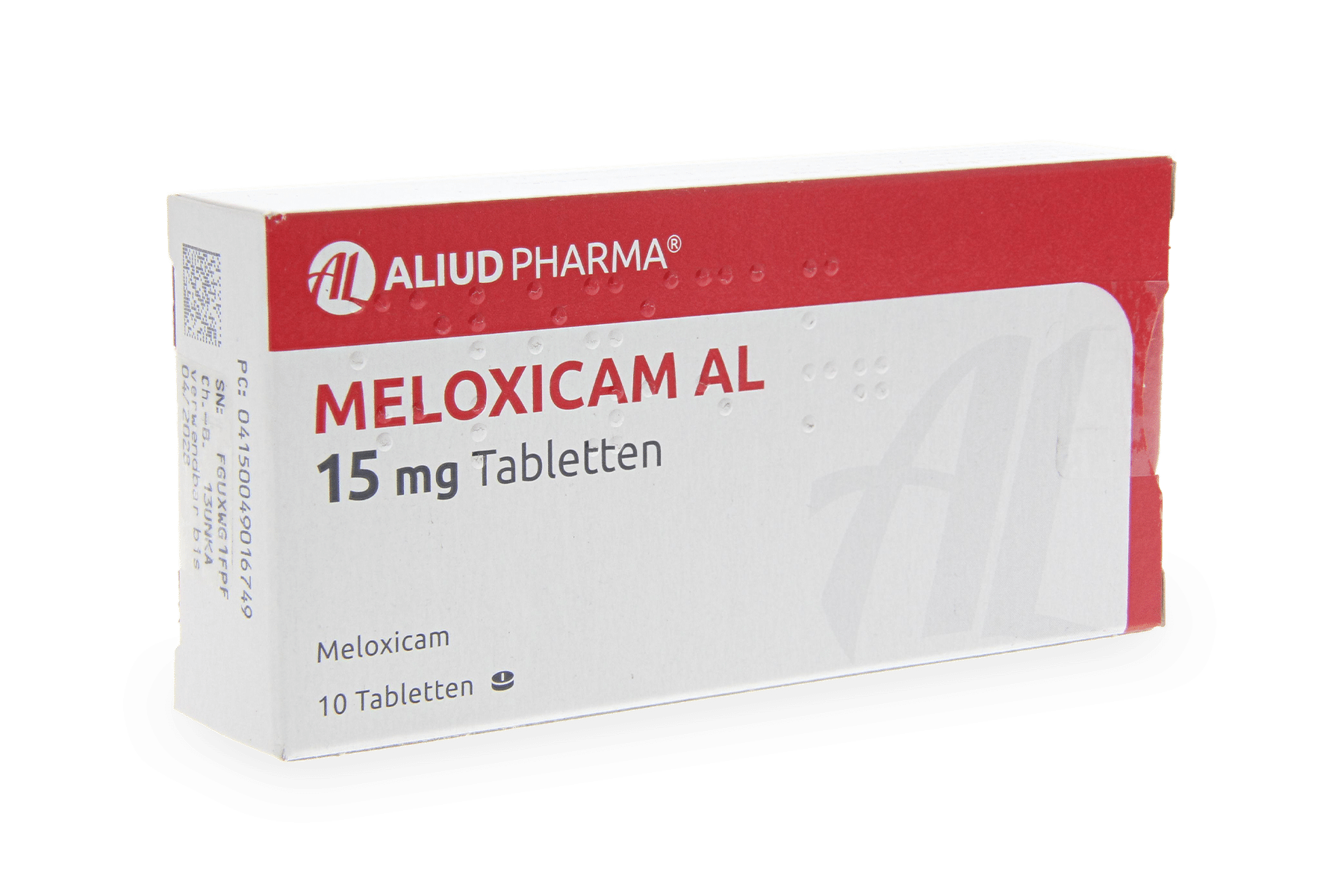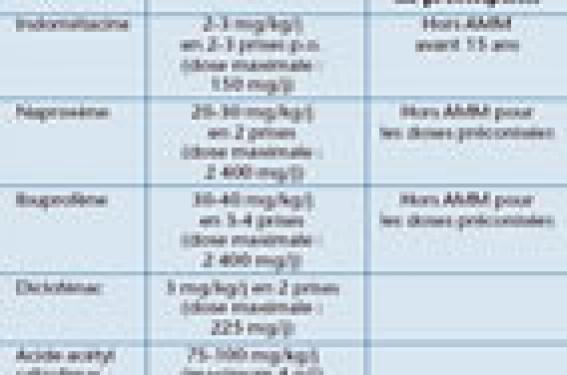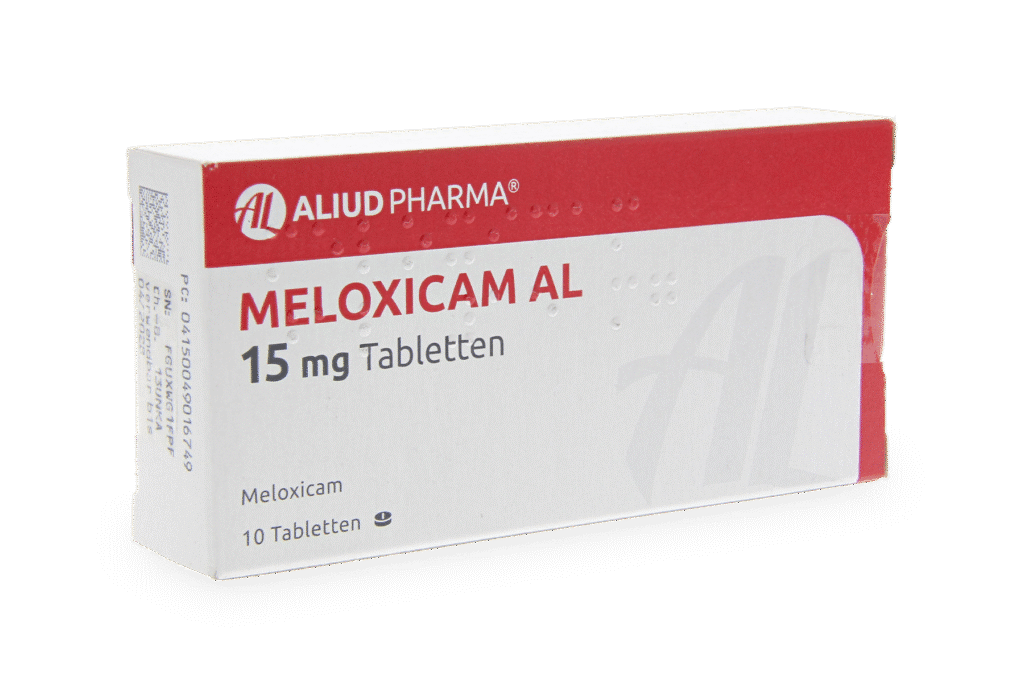Tramadol is a medication widely used to treat moderate to severe pain. Its prescription is governed by strict rules, particularly due to the associated risks linked to its use. Known for its analgesic properties, tramadol also presents a range of side effects that can vary from person to person. Furthermore, certain contraindications must be considered to avoid complications and ensure patient safety. This synthesis presents the key elements to know about the prescription of this medication in order to better understand its clinical stakes.

Tramadol is a medication used for the treatment of moderate to severe pain. Classified as an opioid analgesic, it acts on the central nervous system to relieve various types of pain. However, like any medication, its use is not without risks. It is essential to fully understand its potential side effects as well as the contraindications for its prescription to ensure patient safety.
What is tramadol and how does it work?
Tramadol is a medication often prescribed to treat acute and chronic pain, mainly due to its powerful analgesic properties. Its mechanism of action relies on the aggregation of three main effects: agonism of opioid receptors, inhibition of the reuptake of norepinephrine and serotonin. This allows for effective modulation of pain perception.
Compared to other opioids such as morphine, tramadol presents a lower risk of respiratory depression, making it attractive for pain treatment in at-risk populations, such as the elderly or those suffering from respiratory disorders. Nevertheless, its prescription must be carefully monitored due to the potential for addiction and varied side effects.
Side effects of tramadol
Tramadol, like other medications, can lead to a multitude of side effects. Although not all patients experience them, it is crucial to remain vigilant. Side effects can be classified into different categories based on their frequency of occurrence.
Very common side effects
Among the most common side effects, nausea and dizziness stand out. These symptoms often affect more than 10% of patients. Nausea can be particularly uncomfortable, and some individuals may have difficulty maintaining a good diet due to this effect.
Common side effects
In addition to nausea and dizziness, other common side effects include:
- Headaches: Headaches can vary in intensity and may require dosage adjustment.
- Drowsiness: Many patients report excessive fatigue, which may reduce their ability to drive or perform certain professions.
- Constipation: A well-known effect of opioids, constipation can be a significant source of discomfort.
It is recommended to discuss with a healthcare professional to consider preventive or corrective solutions when a patient presents these symptoms.
Uncommon side effects
The side effects that occur less frequently but are nonetheless concerning include palpitations, tachycardia, and orthostatic hypotension. These symptoms can notably occur during intravenous administration. It is imperative to assess the necessity of treatment based on clinical symptoms, especially in cases of cardiovascular dysfunction.
Rare and very rare side effects
Some adverse reactions, although rare, deserve special attention. This includes manifestations such as hallucinations, symptoms of respiratory depression, and sleep disturbances. The appearance of these symptoms should lead to a reevaluation of the need to continue tramadol treatment and an immediate medical consultation.
Additionally, signs of dependency may appear, increasing the complexity of treatment and necessitating specialized management.
Contraindications to tramadol prescription
There are several situations where tramadol prescription is contraindicated. It is crucial to properly inform the patient about the medical conditions that could interfere with the safe use of this medication.
Specific medical conditions
Contraindications include:
- Hypersensitivity: Patients who have previously had an allergic reaction to tramadol or any of its excipients should not receive this treatment.
- Epilepsy
- Respiratory insufficiency: Tramadol may exacerbate respiratory disorders, posing a risk for patients suffering from respiratory insufficiency or severe lung conditions.
Drug interactions
Tramadol can interact significantly with other medications, particularly MAO inhibitors and certain antidepressants. The combination of tramadol and sedatives can also increase the risk of respiratory depression. Patients should inform their doctor of all medications they are taking to avoid potential complications.
Considerations for use in specific populations
Particular caution is warranted when prescribing tramadol to sensitive groups such as the elderly, pregnant, or breastfeeding women. Tramadol crosses the placental barrier, and its use during pregnancy can pose risks to the fetus, including potential impacts on development.
In conclusion, the prescription of tramadol must involve a rigorous assessment of risks and benefits. A deep understanding of side effects and contraindications is imperative to ensure safe and effective treatment. Healthcare professionals must be attentive to signs of dependency and various drug interactions, while maintaining close contact with their patients to adjust the treatment if necessary.
For additional information, you may consult the following resources:
- Public database of medications
- Univadis – Drug database
- Hospital information
- Allô docteurs – Tramadol, a risky medication
- Femme Actuelle – Side effects of tramadol

FAQ on tramadol medical prescription: side effects and contraindications to know
Q: What is tramadol?
A: Tramadol is a central action opioid analgesic used to treat moderate to severe pain. It acts on morphine receptors and increases the release of serotonin.
Q: What is the maximum duration for tramadol prescription?
A: Since 2020, the duration of prescriptions for tramadol has been reduced to three months to limit the risk of dependence.
Q: What are the most common side effects of tramadol?
A: Very common side effects include nausea and dizziness, seen in more than 10% of patients.
Q: Are there less common adverse effects?
A: Yes, adverse effects such as headaches, drowsiness, constipation, and vomiting are common, while hallucinations and seizures may occur rarely.
Q: What are the contraindications to tramadol prescription?
A: Tramadol is contraindicated in cases of hypersensitivity to the active substance, in the presence of acute intoxications by psychotropics, or in patients with uncontrolled epilepsy.
Q: Can tramadol cause dependence?
A: Yes, physical and psychological dependence can occur even with short-term use. Patients must be closely monitored.
Q: Which patients should be particularly cautious when using tramadol?
A: Patients with a history of dependency, those with a head injury, and those with respiratory disorders should use tramadol cautiously.
Q: What should be done in case of tramadol overdose?
A: In case of overdose, it is crucial to ensure airway patency and seek emergency medical assistance. The antidote in case of respiratory depression is naloxone.
Q: Can tramadol interact with other medications?
A: Yes, tramadol should be avoided in combination with certain sedative medications or MAO inhibitors, as this can increase the risk of respiratory depression and other adverse effects.













